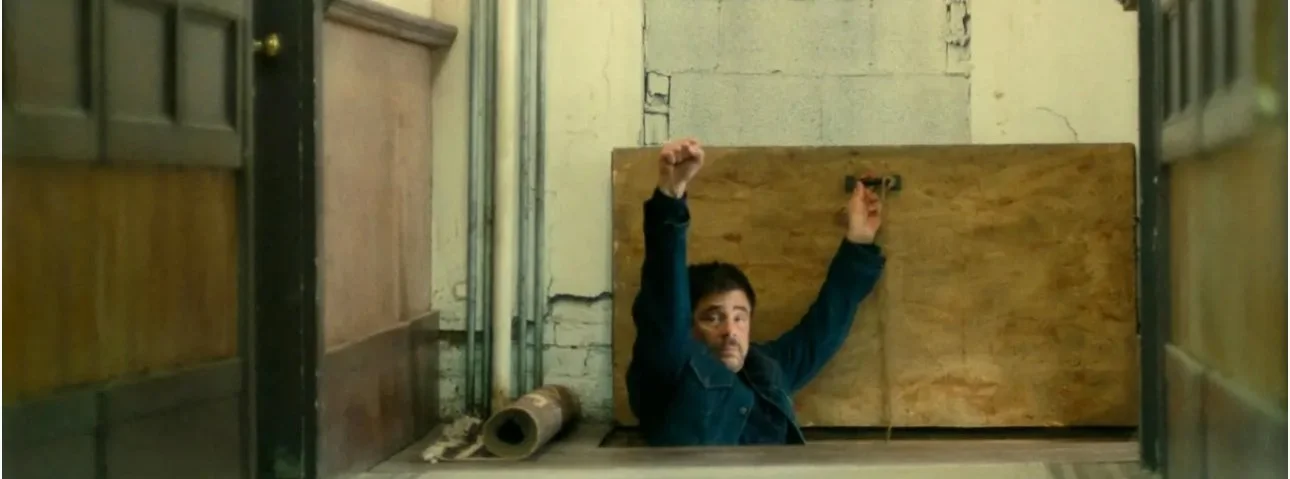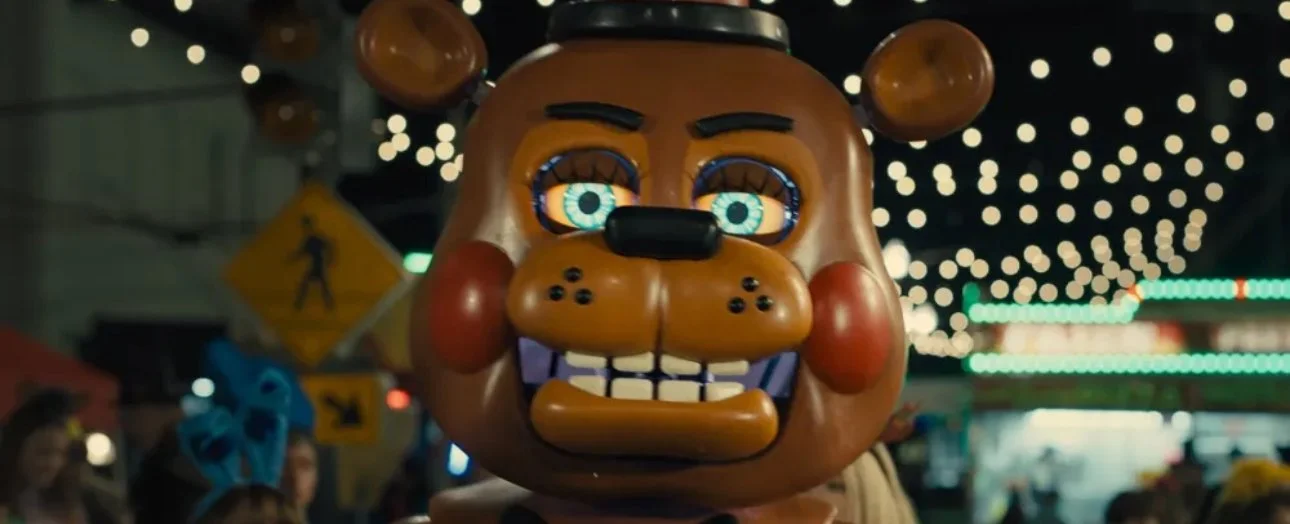
I won't be the first and I won't be the last to post, on this St. Paddy's day weekend, about John Ford's "The Quiet Man," a film that on the surface looks as silly as any of the Irish stereotypes depicted in the film, but is actually deeper than most people give it credit for. If you look past the beautifully realized technicolor and silly plotting, you actually have a film that is a staple in feminist film studies. I kid you not. If you want to know how women in the movies has changed over the years, look no further than "The Quiet Man."
Ford's classic has ex-American Boxer Sean Thornton and O'Hara's Irish lass duking it out in a battle of the sexes for the ages. She holds her own and he holds his, but the battle at play is actually much more attuned to today's world than that of the '50s (the film was released in 1952). O'Hara's Colleen is a feisty woman who refuses to adhere to any of the matriarchal conventions of the time. Hell, she even punches and slaps John Wayne -- doesn't that tell you something?
Most people of a certain age will remember O’Hara first and foremost from this movie, but what they seem to forget is that she played strong female characters in other films, such as "The Black Swan" and "Sinbad the Sailorhat." We usually connect Bette Davis to roles that defined feminism at the time, but O'Hara never got any love. This was probably due to the fact that her beauty always played a big part in her fame and the way she was perceived by the moviegoing public. I mean, yeah, she was stunningly beautiful, a knockout if you will, but she didn't resort to roles that would necessarily be deemed stereotypical for a woman back then. People were too transfixed with her looks to even notice just how fully fleshed out some of her roles really were. Look closer next time.




